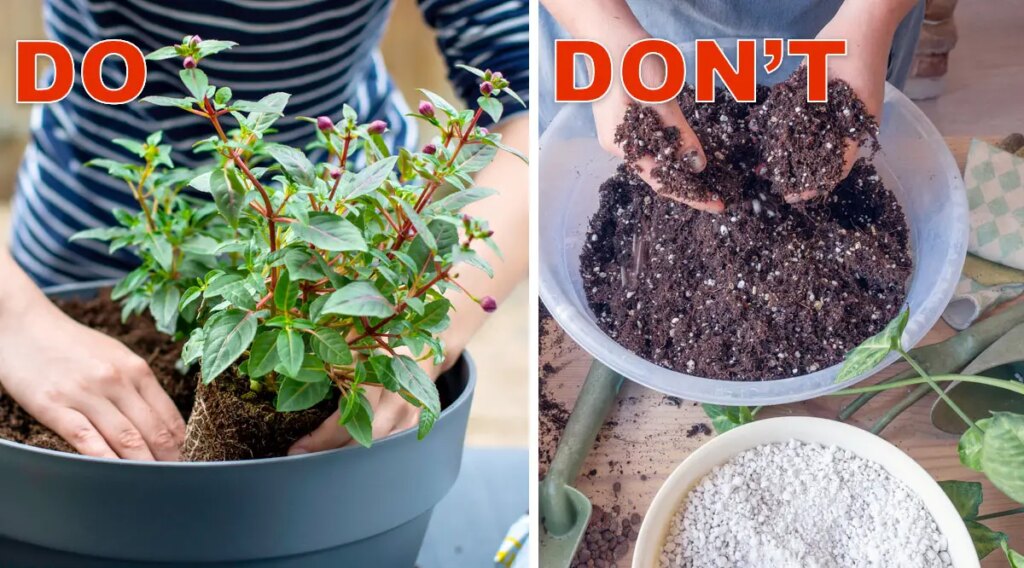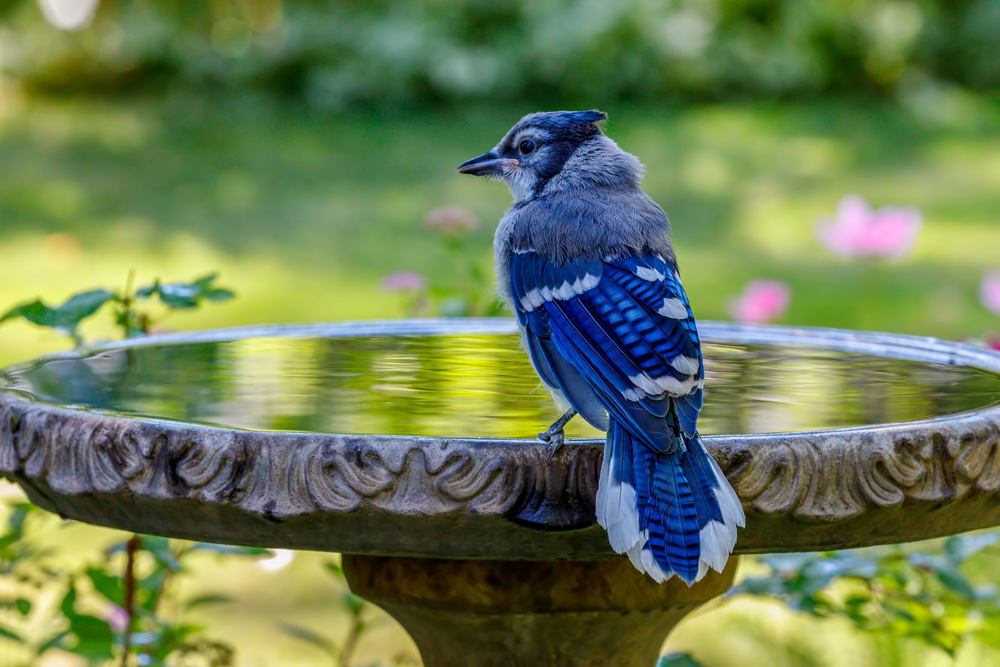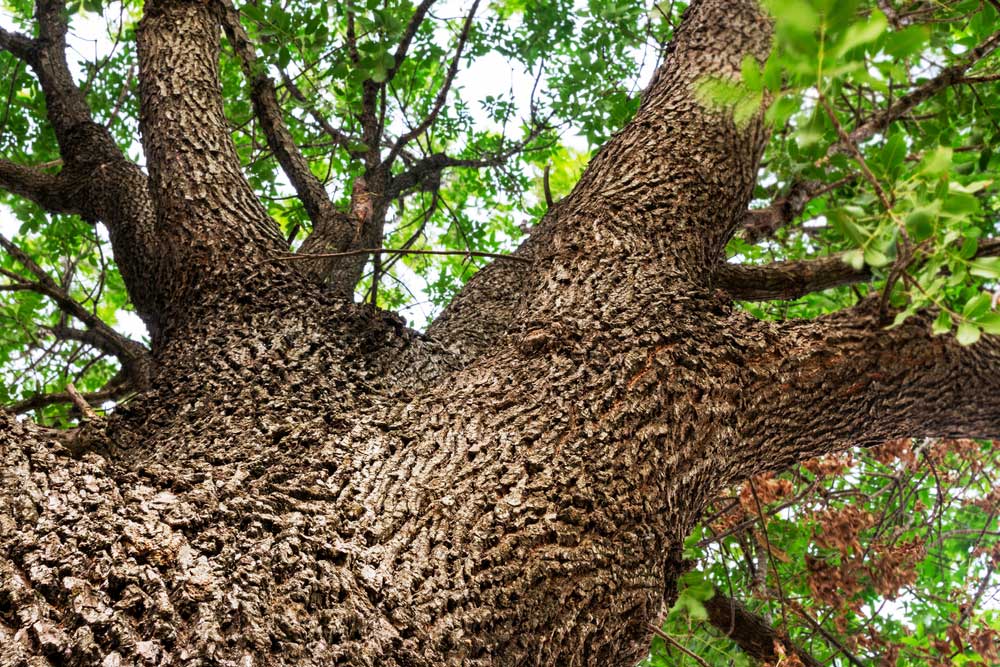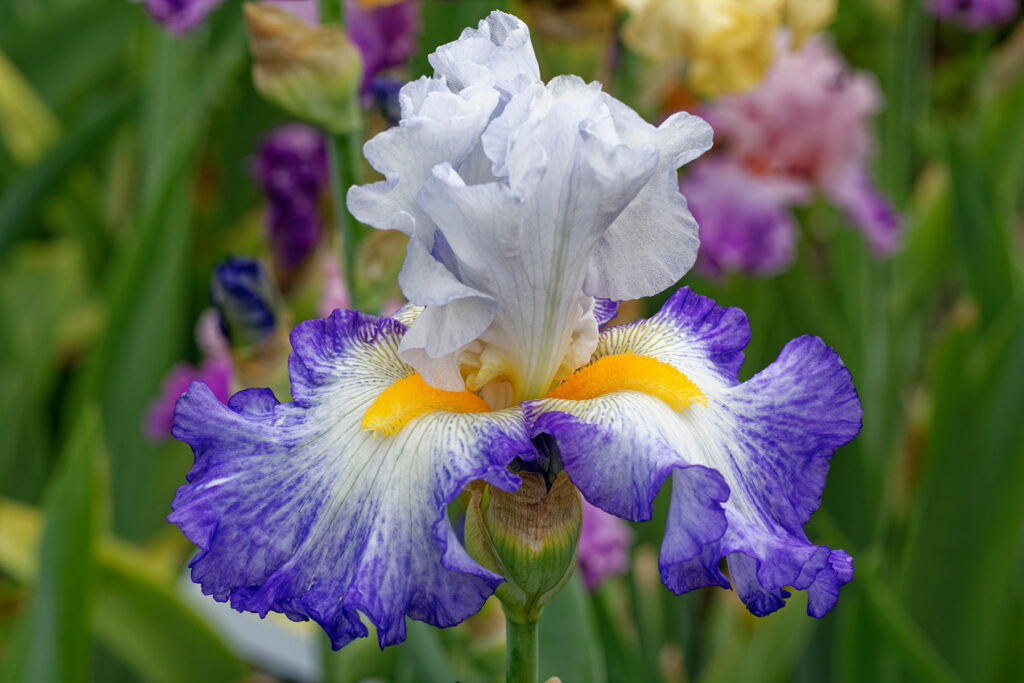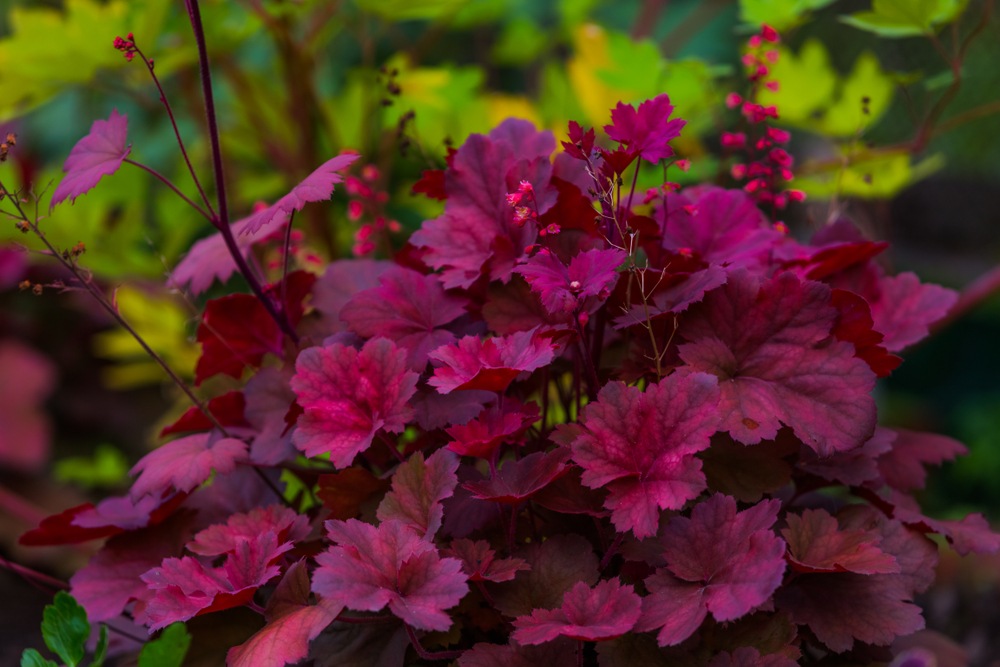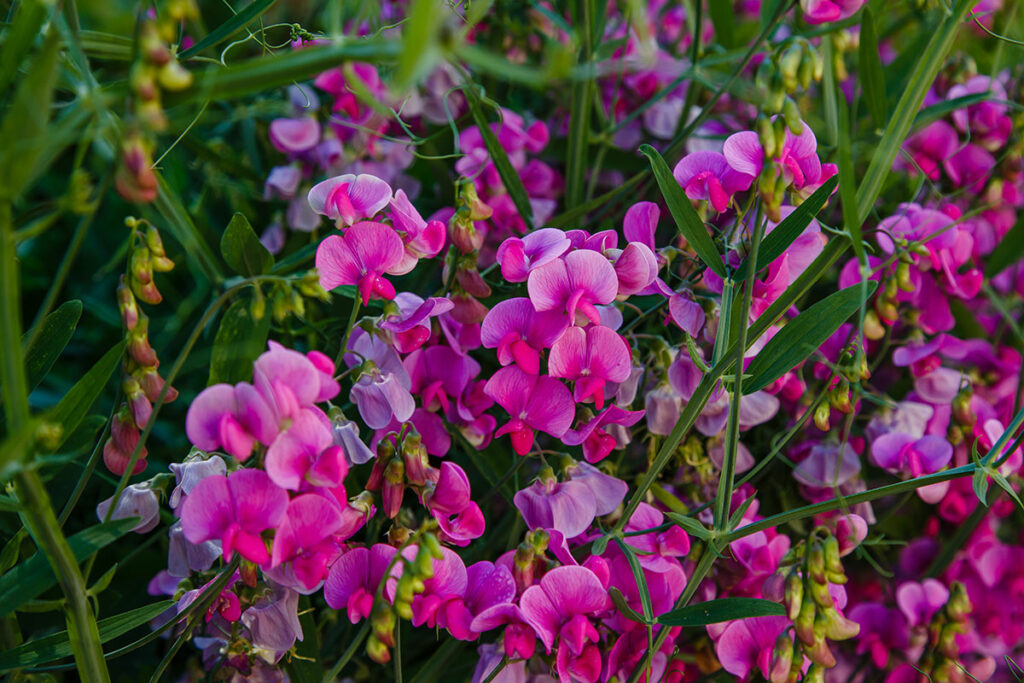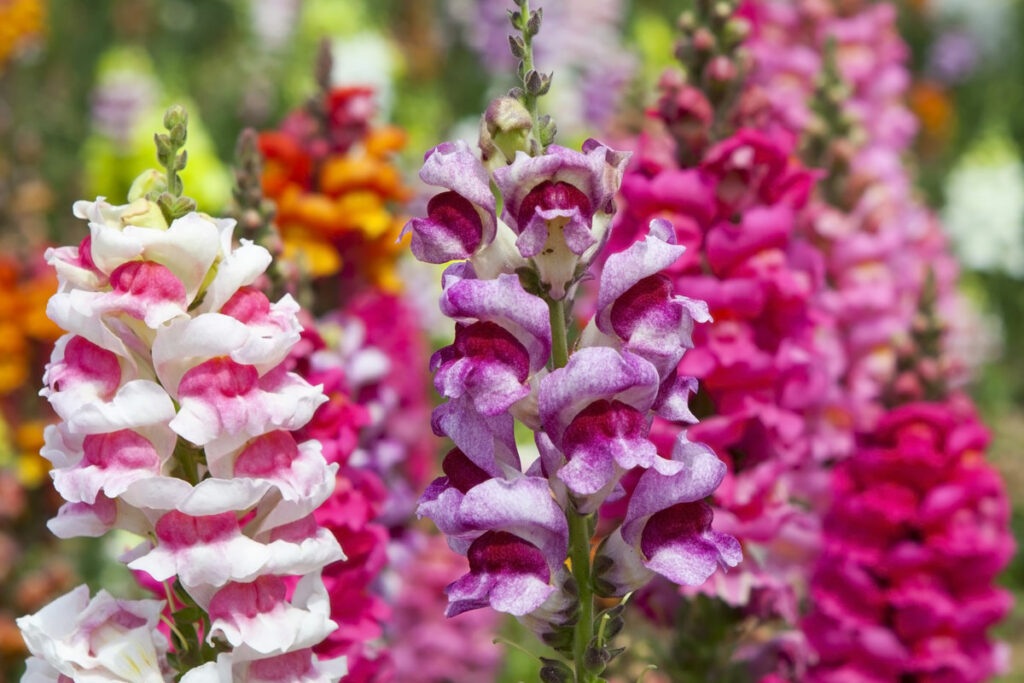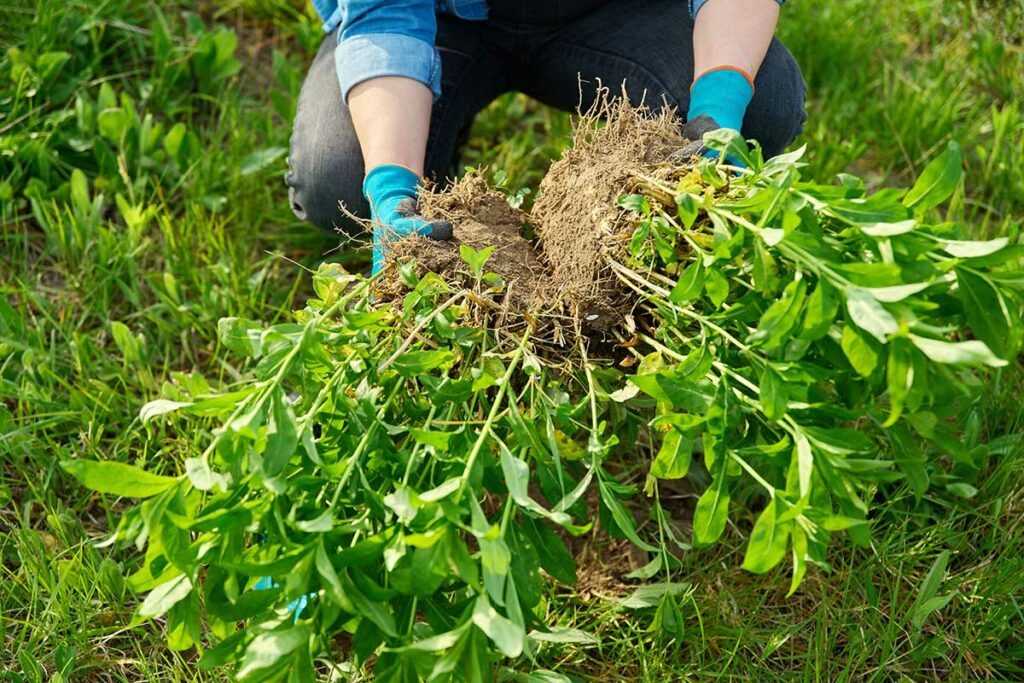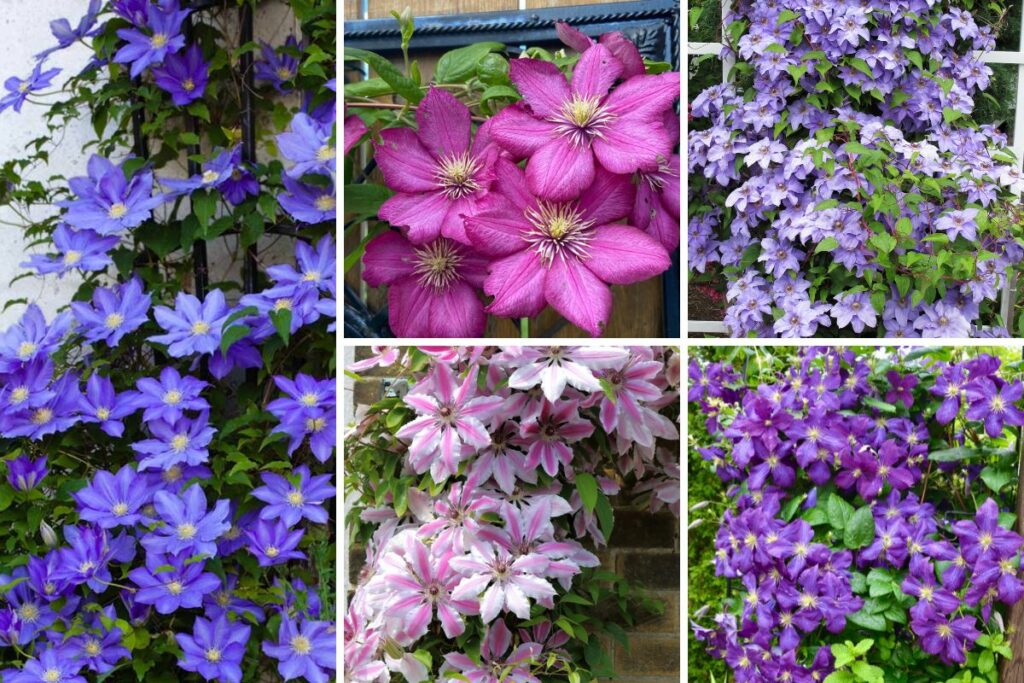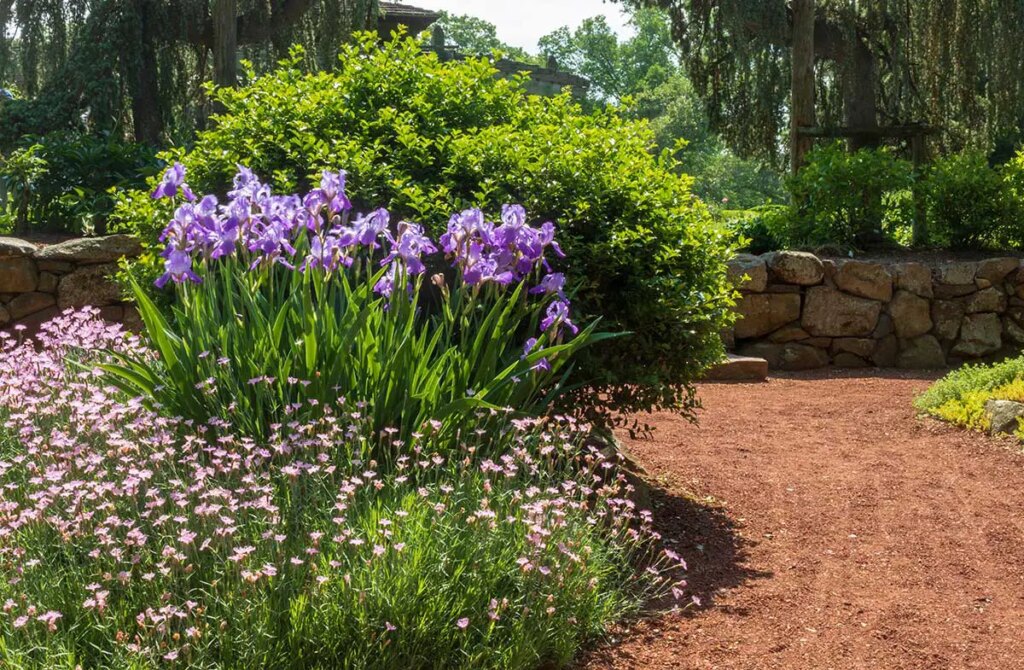
Having a lush and thriving garden doesn’t have to break the bank. With a little creativity and knowledge, you can create a beautiful outdoor space filled with budget-friendly plants that give your garden that desired full, lush look.
You might be wondering how to make your garden look full without spending a fortune, and the answer lies in selecting the right plants that are easy to grow and maintain.
In this article, we’ll guide you through some of the best plants that enable you to achieve a full garden while staying within your budget. These plants are not only pocket-friendly, but they’re also low-maintenance, spread quickly, and have visual appeal.
Get ready to transform your garden into an oasis of color and life without breaking the bank.
As you read on, you’ll find handy tips on how to use these plants effectively in your garden, so you can create a space that’s both inviting and beautiful. The key is to mix and match a variety of plants that complement each other and work well within your specific gardening environment.
So, let’s get started and give your garden the makeover it deserves!
Assessing Your Garden Space
Choosing the Right Size Plants
When planning your garden on a budget, it’s important to choose plants that are well-suited to the size of your space. First, measure the dimensions of your garden area. Based on this, think about what kind of plants will fill your garden without overcrowding it. Smaller spaces may benefit from incorporating ground covers, while larger gardens can accommodate shrubs or even small trees. Remember, you can still create the appearance of a full garden by planting a variety of plant sizes and types.
Improving Soil Quality
A key aspect of keeping your garden looking full involves focusing on your garden’s soil quality. While you may be tempted to invest in costly fertilizers, improving your soil can actually be done on a budget. Start by testing your soil’s pH and nutrient levels, which can be done using a basic test kit from your local garden center. Next, consider adding natural and inexpensive soil amendments like compost, well-rotted manure, or even homemade organic mulch. These methods will enrich your soil and ensure that your plants grow strong and healthy.
Identifying Sunlight Exposure
Understanding the sunlight exposure in your garden will help you select the right plants that will thrive in those conditions. Observe your garden throughout the day and take note of areas that receive full sun, partial shade, or heavy shade. Matching plants to their preferred sunlight exposure will ensure a fuller, more vibrant garden. For example:
- Full sun: Choose plants like marigolds, lavender, or zinnias.
- Partial shade: Opt for impatiens, begonias, or coleus.
- Heavy shade: Ferns, hostas, and bleeding hearts are great choices.
By assessing your garden space, you’ll be well on your way to creating a beautifully full garden without breaking the bank.
Low-Cost Plant Choices
Perennials vs. Annuals
Choosing between perennials and annuals can make a big difference in your garden’s appearance and your budget. Perennials return year after year, which means you won’t need to replace them every season. Some low-cost options for perennials include:
- Daylilies
- Coreopsis
- Daffodils
- Lavender
On the other hand, annuals must be replanted each year but often bloom for a longer period, providing more color throughout the season. Some budget-friendly annuals are:
- Marigolds
- Petunias
- Zinnias
- Sunflowers
It’s a good idea to mix both types in your garden for variety and visual interest.
Native Plants
Incorporating native plants in your garden can save you money and benefit the environment. These plants are adapted to your region and usually require less water, fertilizer, and pesticides. Plus, they attract local pollinators, which can be beneficial to your other plants. Visit a local nursery or do some research online to find budget-friendly native plants for your area.
Wildflowers
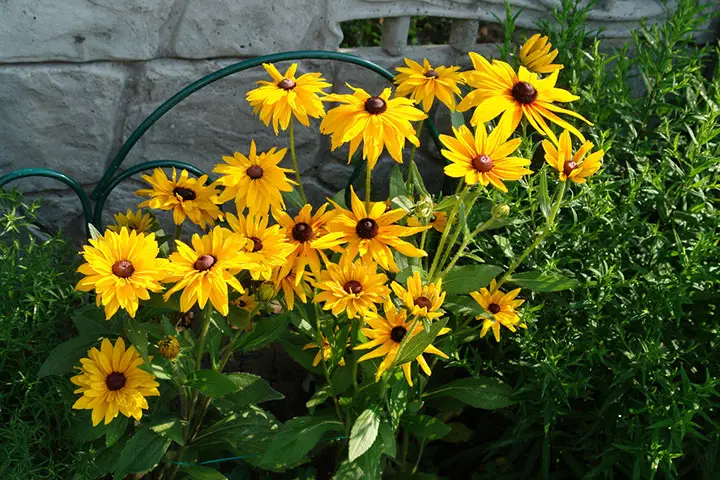
Finally, consider adding wildflowers to your garden for a low-cost, low-maintenance option. Wildflowers are usually easy to grow and require less care than other plants. They can be directly sown from seeds, making them an affordable choice. Some popular budget-friendly wildflowers include:
- Black-eyed Susans
- Coneflowers
- Shasta Daisies
- Poppies
Remember to check if these wildflowers are native to your area, as this can further reduce maintenance and support local ecosystems. With these suggestions in mind, you’re well on your way to creating a beautiful, budget-friendly garden.
Growing Plants from Seeds or Cuttings
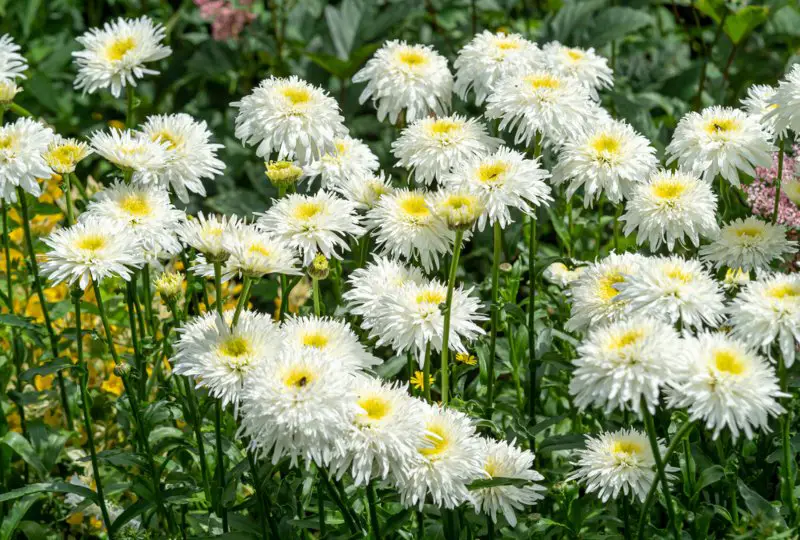
Growing your own plants from seeds or cuttings is a budget-friendly way to fill up your garden. Not only do you save money, but you also get the satisfaction of nurturing them yourself.
Seed Saving
One way to grow plants affordably is by saving seeds from the plants you already have. Here’s how you can start saving seeds:
- Select the plants: Choose healthy, mature plants that are free from disease or pests.
- Let the seeds ripen: Allow the seeds to ripen and mature on the plant before collecting them. This ensures better germination rates.
- Collect the seeds: Gently shake the seeds out of the dried seed heads, or carefully remove them with tweezers.
- Clean and dry the seeds: Clean the seeds by removing any surrounding debris. Spread them out on a tray or screen to air dry for a few days.
- Store seeds properly: Place the dry seeds in labeled envelopes or containers, and store them in a cool, dry place until it’s time for planting.
Propagating Cuttings
Another budget-friendly method for filling your garden is by propagating cuttings from existing plants. Follow these simple steps:
- Select a stem: Choose a healthy, pest-free stem from the parent plant. The cutting should be about 4-6 inches long, with several leaf nodes.
- Prepare the cutting: Trim off the lower leaves, leaving only a few at the top. If present, remove any flowers or buds from the cutting.
- Rooting medium: Fill a small pot with a mixture of half perlite and half peat moss, or use a commercial rooting medium.
- Dip the cutting: Dip the base of the cutting in rooting hormone powder, then tap off any excess.
- Plant the cutting: Make a hole in the rooting medium, insert the treated end of the cutting, and firm the medium around it.
- Provide humidity: Cover your pot with a plastic bag or place it in a humidity chamber to help maintain moisture around the cutting.
- Monitor progress: Check the cutting periodically and provide additional water if needed. Once the cutting has developed roots, transplant it into a larger pot or your garden.
By investing a little time and effort, you can grow plants from seeds or cuttings, creating a lush and thriving garden that won’t break the bank.
Mulching and Ground Cover Solutions
The Benefits of Mulching
Mulching offers a variety of benefits for your garden. Firstly, it helps conserve moisture in the soil by reducing evaporation, which means your plants will require less frequent watering. Additionally, mulch is excellent at suppressing weed growth, which helps keep your garden looking clean and prevents competition for nutrients.
Another advantage of mulching is that it provides insulation for plant roots, protecting them from temperature extremes in both hot and cold. This ensures that your garden remains lush and full throughout the year. As mulch breaks down, it also enriches the soil with nutrients, providing a natural boost to your plants.
Choosing the Right Ground Cover
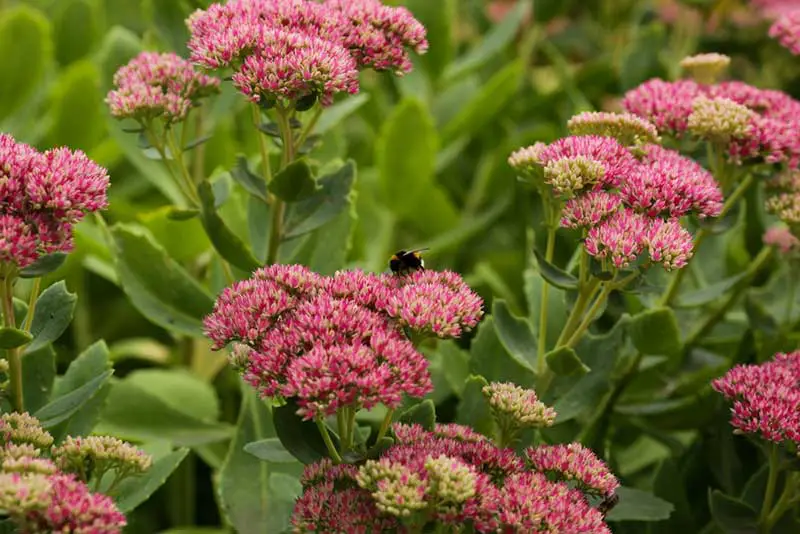
When selecting the right ground cover, it’s essential to consider the specific needs and conditions of your garden. Here are few budget-friendly options that can assist in maintaining a full-looking garden:
- Clover: This low-maintenance plant not only provides a lush green carpet but also adds natural nitrogen to the soil, benefiting other plants.
- Sedum: Drought-resistant and low-growing, sedum is available in multiple colors and adds visual interest to your garden.
- Ajuga: Ajuga is excellent at preventing weeds, with its attractive foliage and ability to thrive in various light conditions.
- Creeping Thyme: This fragrant herb forms a dense mat, perfect for preventing weeds while adding beauty and fragrance to your garden.
When considering ground cover, be sure to match its characteristics to your garden’s environment—such as sunlight, soil type, and moisture levels. This way, you’ll not only save money but also ensure that your garden looks full and healthy throughout the year.
Maximizing Visual Impact
Plant Groupings
To make your garden look full without breaking the bank, you can use plant groupings. Grouping plants, especially those with contrasting textures and colors, creates a sense of abundance and variety. For example, you can:
- Combine tall, spiky plants like ornamental grasses with low-growing, mounding plants like sedum or creeping thyme.
- Mix annuals and perennials for long-lasting, ever-changing displays.
Keep in mind that you should cluster similar plants together in odd numbers for a more natural appearance.
Layering
Layering is another technique that helps maximize visual impact while remaining budget-friendly. It involves planting various types of plants with different heights, sizes, and shapes in layers. To achieve this, follow these suggestions:
- Place the tallest plants at the back of the border and gradually step down in height.
- Utilize mid-height plants like shrubs to add structural interest.
- Employ groundcovers and low-growing plants like creeping phlox at the front to fill in gaps and create a lush look.
When done correctly, layering can give your garden a sense of depth and complexity.
Color Coordination
Finally, color coordination is key to making your garden look full and vibrant on a budget. By choosing plants with complementary colors, you can create a visually stunning display without necessarily needing a large number of plants. Here are a few ideas:
- Work with a specific color scheme, like a monochromatic palette for a more harmonious appearance.
- Utilize contrasting colors, such as purple and yellow, to make each plant stand out.
- Incorporate plants with interesting foliage, like colorful or variegated leaves, to keep your garden looking attractive even when flowers aren’t in bloom.
By paying close attention to plant groupings, layering, and color coordination, you can create a visually appealing garden that looks full and lush without overspending on plants.





